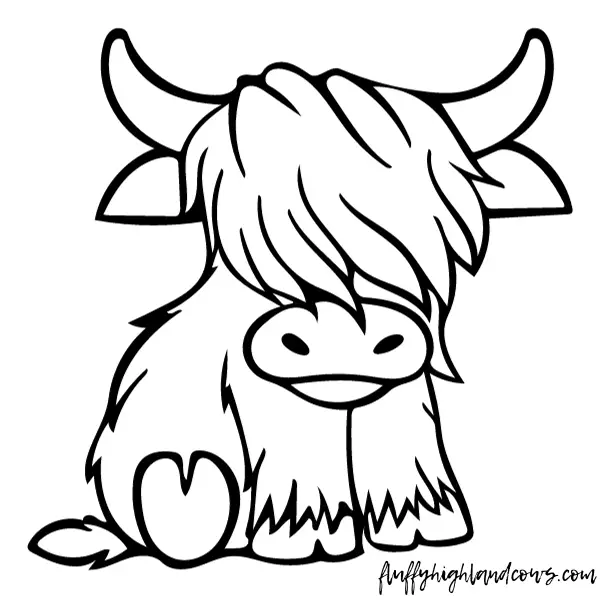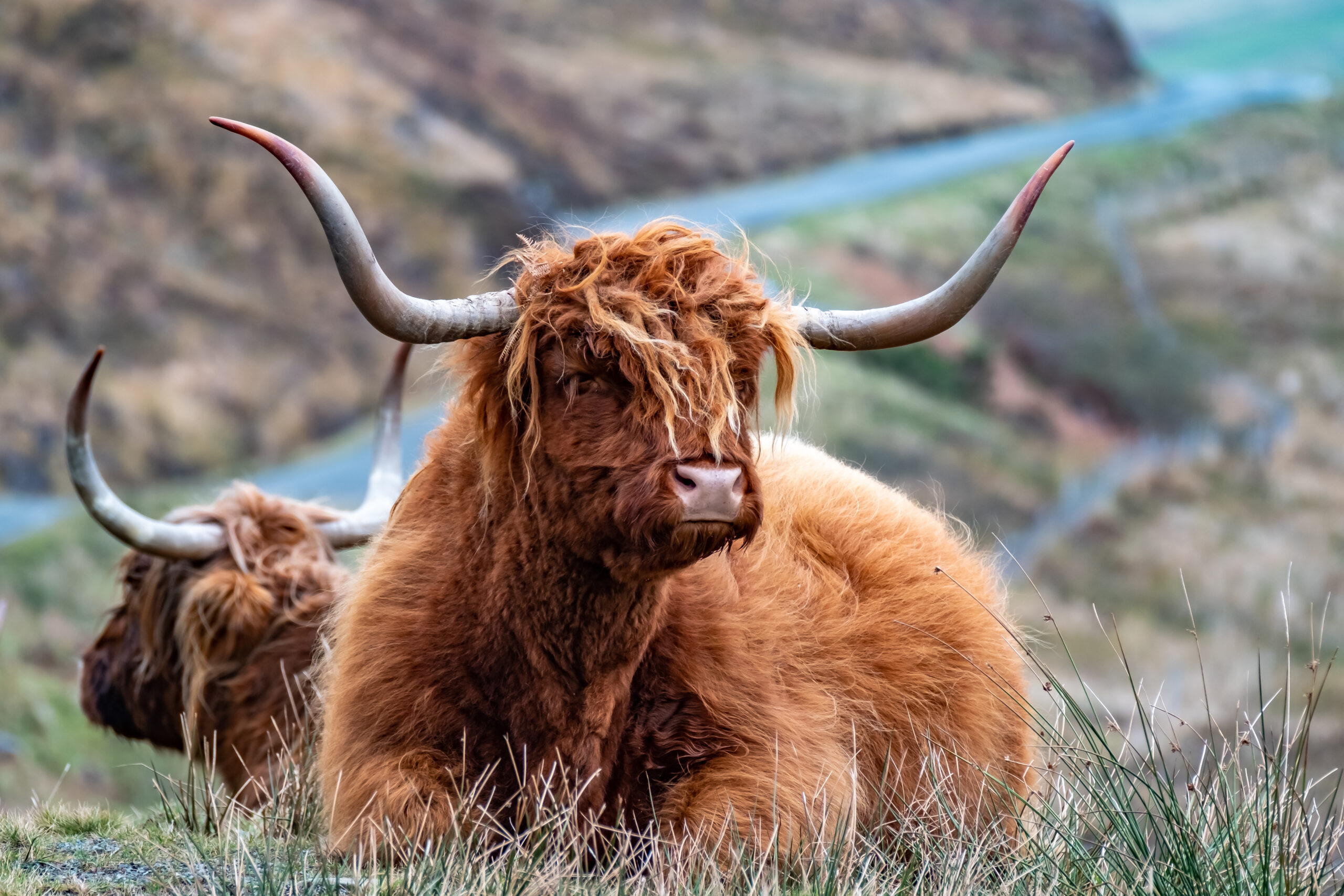FAQs About Highland Cattle
Embarking on the journey of raising Highland Cattle comes with a myriad of questions, and rightfully so. These majestic creatures, renowned for their unique characteristics and adaptability, have piqued the curiosity of farmers and enthusiasts alike.
In this comprehensive FAQ section, we aim to address the queries that often arise about Highland Cattle, covering aspects ranging from their size, handling, and temperament to their historical origins and practical uses.
Whether you’re a seasoned cattle farmer or a newcomer intrigued by these shaggy-coated companions, the following answers aim to provide valuable insights into the world of Highland Cattle.
Can Highland Cattle Handle Heat?
Yes, Highland Cattle can adapt to warm climates. They grow their coats in autumn for winter and shed them in spring. Their coat length varies with the temperature, so in warmer areas, they grow less hair. They can thrive in the same climates as other British breeds like Angus or Herefords.
How Big are Highland Cattle?
Typically, bulls weigh between 600-900 kg and females between 400-650 kg. They are smaller than Angus cattle but similar in size to Jersey cows and bulls. Interestingly, Highland Cattle in the late 1800s were larger than today’s average.
Do They Need Haircuts?
No, they don’t need haircuts. Their coats naturally adjust to the seasons, growing thicker in colder months and shedding in spring.
Is Brushing Necessary?
Brushing isn’t needed for cattle in the field. Their coats are self-maintaining. However, show cattle are groomed, and some pet Highland Cattle enjoy being brushed.
Can Their Hair Be Used?
Yes, their coarse hair can be spun into yarn for crafts. Their hides are also valuable, especially in winter when the hair is longest, and can be used for luxurious rugs.
Can They See Through Their Fringe?
Yes, despite their thick fringes, Highland Cattle have good vision and are aware of their surroundings.
What’s Their Temperament Like?
Highland Cattle are known for their inquisitive nature and calm temperament, making them easy to handle.
Are the Horns Dangerous?
Generally, Highland Cattle are docile, but like any large animal with horns, caution is advised, especially in confined spaces or around calving time.
How Much Do Highland Cattle Cost?
Prices vary based on demand, pedigree, and show performance. They can be a cost-effective option for both ornamental and breeding purposes.
What Are Their Origins?
Highland Cattle have grazed the Scottish landscape since the sixth century. Their exact origins are debated, but they may have come from Scandinavia with the Vikings.
How Good is Their Meat?
Highland Cattle meat is known for being low in fat and cholesterol, and high in protein and iron. It’s also tender and flavorful due to marbling.
What Are They Used For?
Primarily a beef breed, Highland Cattle are appreciated for their marbled, high-quality meat.
Can They Be Milked?
Yes, they produce rich milk with high butterfat content, suitable for household use.
How Long Do They Live?
Highland Cattle often live and breed beyond 18 years, longer than many other breeds.
Do All Have Horns?
Yes, both male and female Highland Cattle naturally have horns.
Are Horn Shapes Different in Bulls and Cows?
Yes, bulls’ horns are strong and forward-leaning, while cows’ horns are squarer and longer.
Do They Require Special Handling Facilities?
No, standard cattle handling facilities are adequate for Highland Cattle.
Do Highland Cows Calve Easily?
Yes, they are known for their ease of calving, with minimal assistance required.
What Are the Colors of Highland Cattle?
They come in seven official colors: Red, Black, Yellow, White, Brindle, Dun, and Silver Dun.
What’s the Stocking Rate for Highland Cattle?
Consult your local Department of Agriculture for specific stocking rates. Highland Cattle can maintain condition longer in poor conditions due to their foraging ability and slower maturity.
In the rich tapestry of Highland Cattle farming, these FAQs serve as a practical guide, offering a wealth of information to those curious about these remarkable creatures.
From their ability to adapt to diverse climates and self-maintaining coats to their historical roots and valuable contributions, Highland Cattle continue to captivate the farming community.
Whether you’re considering them for their rich milk, high-quality meat, or simply their gentle temperament, understanding the nuances of Highland Cattle care is paramount.
As you embark on your journey with these resilient beings, may these FAQs serve as a valuable resource, providing clarity and knowledge to foster a successful and rewarding experience with Highland Cattle.

